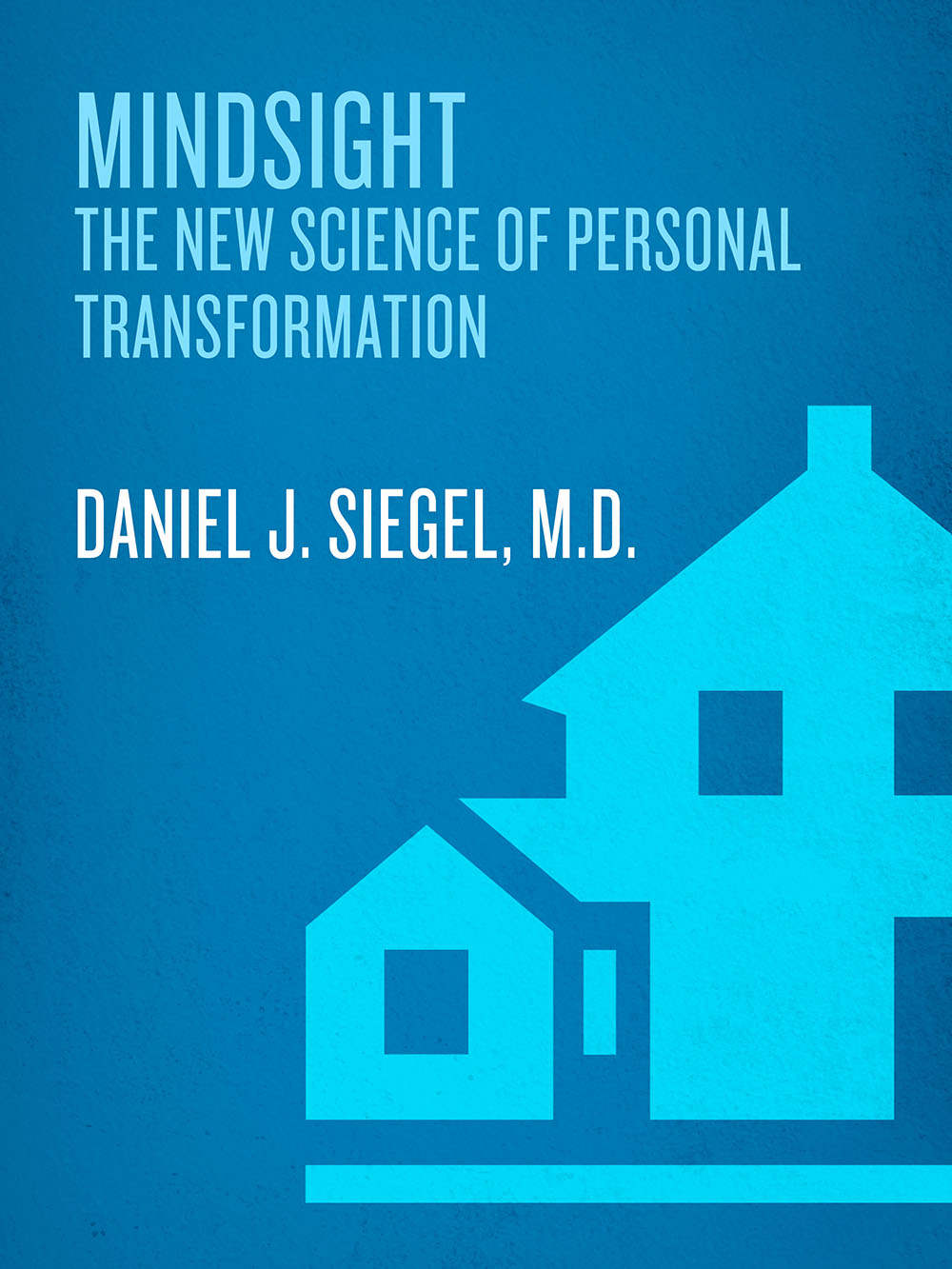Mindsight is an interesting book because it has a very interdisciplinary approach which opens up many new ways of seeing how human relationships work and how we depend on each other. At the same time
The triangle of well being
The author describes three essential aspects of our lives, relationships, mind and brain. These three mutually influencing points of the triangle of well-being for a dynamic system. Mindsight is a process to skillfully direct energy or information flow within that triangle.
The monitoring aspect of mindsight involves sensing and sharing information flow through various means of communication. The key is to modify this flow in a way to
Self-awareness and empathy
Self-awareness and empathy are along with self-mastery and social skills domains of human ability essential for success in life. They help people flourish in their relationships, work and in leadership. Self-awareness lays the foundation for the rest. (I like how Gary V. always emphazises the importance of self-awareness).
If we lack the capacity to monitor our emotions, for example, we will be poorly suited to manage or learn from them. Tuned out of a range of our experience, we will find it all the harder to attune to that same range in others.
How to manage mental breakdowns
It is true, we do occasionally lose our minds. Resulting in explosive episodes that can damage our relationships and happiness. But with the right mindsight, we can learn to manage our emotions more skillfully and to repair
Without the prefrontal cortex being able to create
Attunement
The ability to resonate with the inner world of another person sometimes called “feeling felt” is crucial for good communication. Children need attunement to feel secure and to develop well. When we lose the control of our minds, this attunement is interrupted. When we lose attunement, we can regain it with the power of reflection.
Reflection
Reflection involves openness, observation and objectivity. These three activities give us a stable platform to check the situation in detail, resulting in insight, acuity, keenness and wisdom.
For example, after a
A mindful brain
The author explains how he taught mindfulness to one of his patients, a sixteen-year-old boy named Jonathan. Jonathan struggled with emotional dysregulation. He had worsening explosions of rage and they were beginning to scare him. How could mindfulness help? Mindfulness is the practice of intentionally paying attention to the present moment without being judgemental. Mindfulness helps people by focusing the mind to a moment-to-moment experience. Controlled studies have shown that mindfulness can successfully threat conditions
The observational distance Jonathan experienced is the first step towards regulating and stabilizing our mind. Mindfulness practice helps us to make use of our prefrontal cortex to not get swept up by the emotional reactivity of the other parts of our brain when we get reactive.
Jonathan became more and more confident of his ability to look inward and to change what was going on. “I am beginning to see how my own way of paying attention to my feelings changes what they do to me. They used to explode and last for hours. Now after a few minutes, I can see how they can crash around and then, as I don’t take them so personally, they just melt away. It’s strange but I’m starting to believe in myself, maybe for the first time.”
This was the gist of this book for me but there is obviously a lot more. If you are interested, get the book by clicking here.
Cheers

